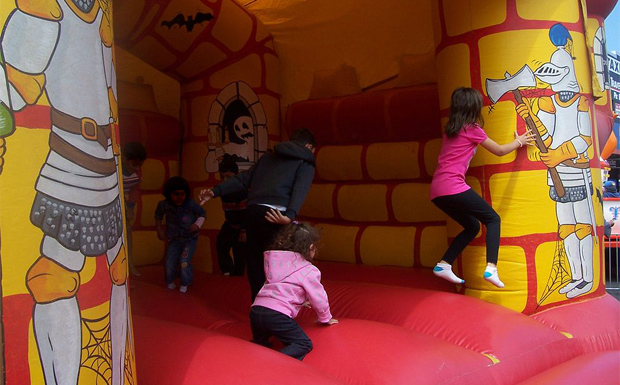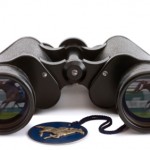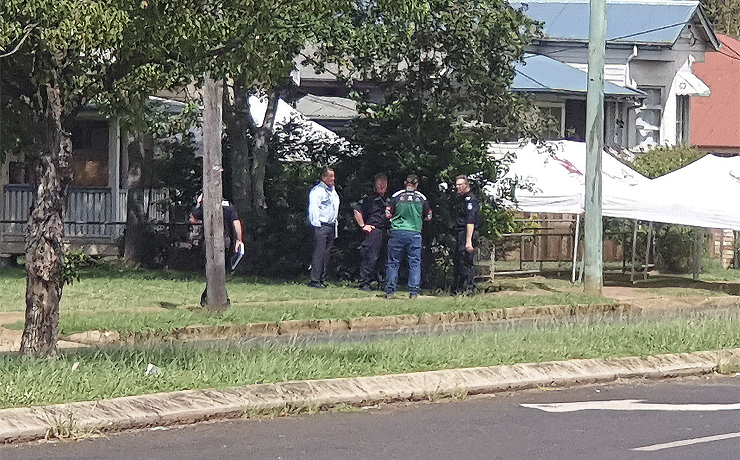
October 13, 2017
Workplace Health and Safety Queensland has issued an alert after a child was injured last month when a jumping castle became airborne.
The child was playing on the inflatable castle when a sudden strong gust of wind lifted the front of it up and backwards over a fence. The child fell to the ground, suffering serious injuries.
A WHSQ spokesman said the investigation had not yet been finalised, however initial inquiries suggested the jumping castle, which was setup on a hard surface netball court, was only anchored on one side, leaving three sides of the base unsecured.
The spokesman said deaths or serious injuries have occurred in previous incidents involving inflatable amusement devices.
He said a person with management or control of these devices must ensure:
- Adequate information is available to enable safe set-up and use of it
- It is set up and used in accordance with manufacturer’s specifications
- The anchorage system is designed to prevent the device becoming airborne. The anchorage system should be considered in its entirety (ie. ground conditions, stake, rope, rope angle, connections, attachment to inflatable and, number and placement of the anchorages)
- Sufficient ground area is available to secure it as the required angle for tie-down ropes/straps can vary
- All anchors provided with the device are installed and used in accordance with the manufacturer’s instructions
- The stakes or anchors used are fit for purpose
- Where the inflatable is set-up on hard or paved surfaces and is not secured with ground anchor stakes, the anchorage system should be designed to withstand the same forces as though it was secured with ground anchor stakes
- Workers are trained and competent to safely set up the device
- Weather conditions are continuously monitored and if the wind speed approaches the maximum allowed by the manufacturer then the ride should be evacuated and deflated immediately.
The device should also be maintained and routinely inspected as per the manufacturer’s instructions.
Inflatable amusement devices should be inspected regularly for wear or rips in the fabric and seams, and to ensure the integrity of anchor points and anchorage system for the device.
Over the past five years, WHSQ has been notified of 12 incidents involving inflatable amusement devices, 10 of which resulted in serious injury requiring hospitalisation or treatment.
Types of injuries sustained include broken legs, lacerations, twisted ankles and backs, and electric shock.
Since April 2012, WHSQ has issued seven statutory notices (four improvement notices and three prohibition notices) relating to inflatable amusement devices.
WHSQ is currently prosecuting another company over an incident that occurred in 2016.
A three-year-old child was exposed to the risk of serious injury when a jumping castle became airborne during a strong gust of wind. The child fell to the ground while the inflatable device was in the air.
* * *
This ABC News (America) report suggests 200 children a week are injured in inflatable amusements every week in the United States:























